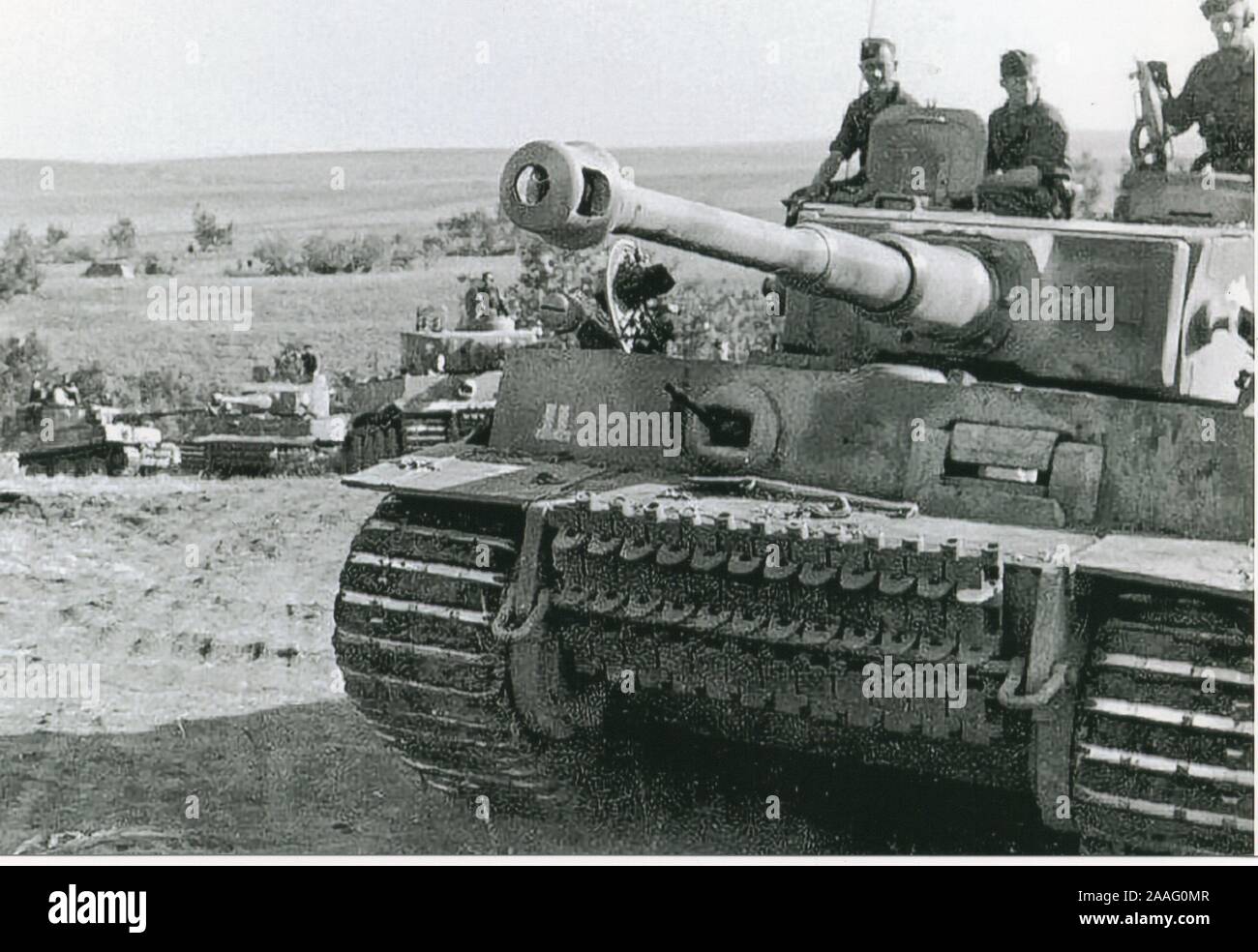
Rotmistrov, with 826 tanks and self propelled guns. The Soviet opposition at Prokhorovka consisted of the 5th Guards Tank Army, commanded by P. Instead of Panthers, the Germans had captured T-34s.

Despite what popular history suggests, Panthers did not fight at Prokhorovka, keeping to the Oboyan sector instead. SS division "Adolf Hitler" was already active between the railroad and the river. From the South, the 3rd tank corps (119 tanks, 23 Tigers). Knowing that they were in danger of a counterattack by Soviet tanks, the objective of the Germans was to keep the Soviet forces between the railroad and the river.įrom the West, the 2nd SS division sent 294 tanks (15 of them Tigers) to Prokhorovka. The Germans called this "Operation Citadel".Īfter a failed attempt to take the village of Oboyanskoye, the German attack was redirected towards the village of Prokhorovka, across the river Psel, towards Kursk. The combined attack of the Kursk forces from the north and the south would cut off the Central and Voronezh Front forces and destroy them. They could only depend on localized strikes. The Wehrmacht no longer had the forces for a large scale offensive. The "Kursk arc" was very well positioned for this sort of strategy. This strange positioning gave the German high command the idea of a summer offensive which would encircle Soviet forces in the Kursk region. The front line, if only slightly, bent towards the east, to the settlements of Efremov and Berezovka. The winter offensive by the RKKA and counterattack of the German operational group Kempf led to a spearhead pointed towards the West, in the region of Belgorod, Kursk, and Orel.


 0 kommentar(er)
0 kommentar(er)
